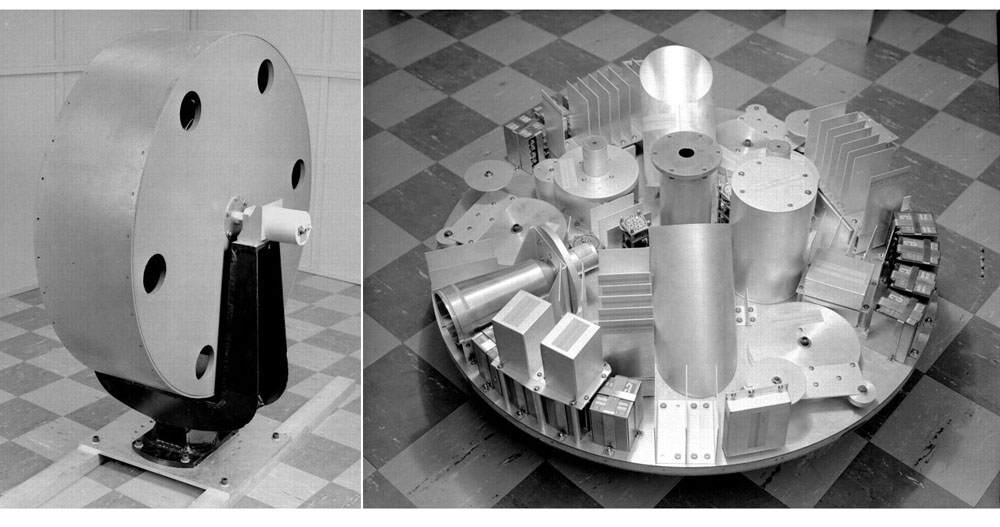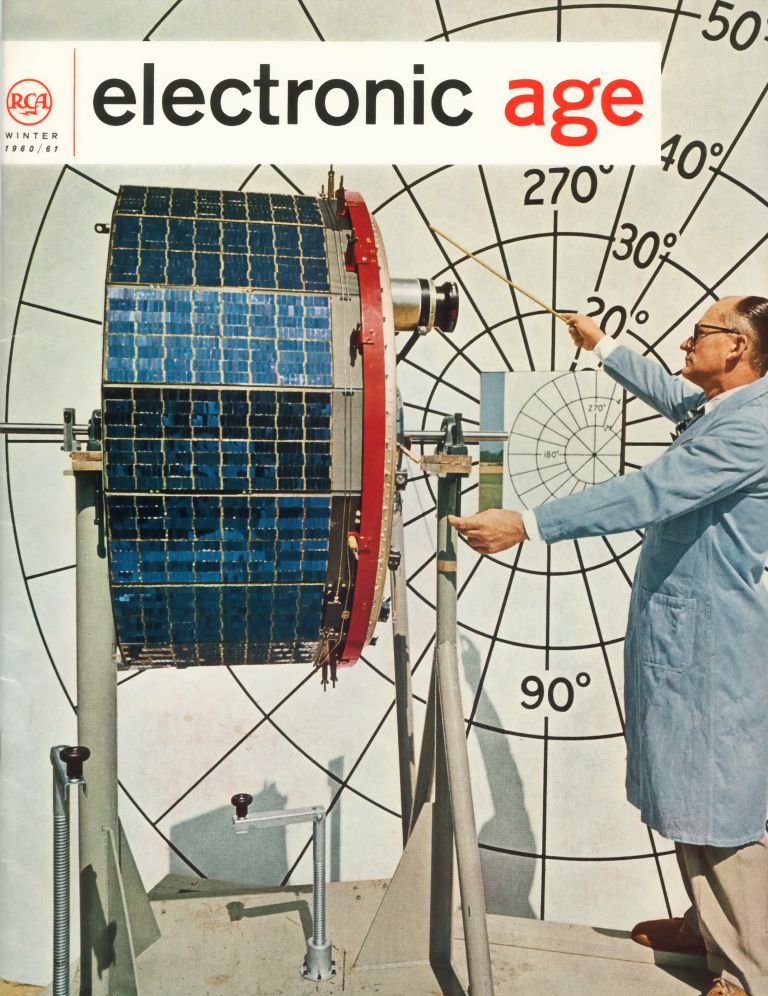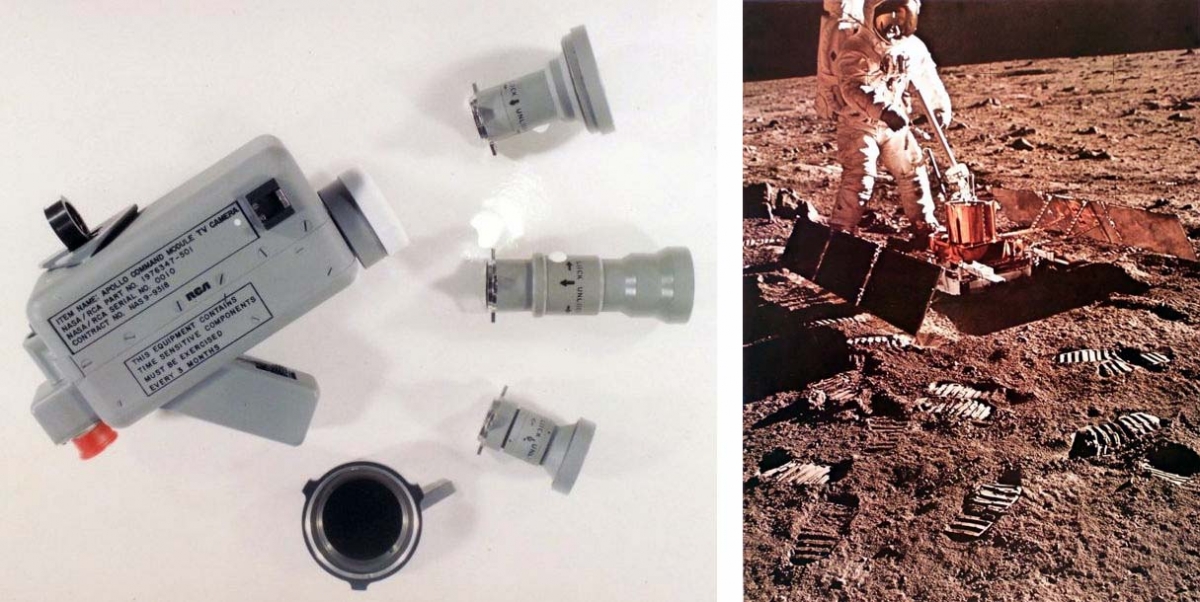Although most of the David Sarnoff Library collection comes from the scientists at the David Sarnoff Research Center, other RCA operations are also documented. One important example is the RCA Astro-Electronics Division (AED).
Public dismay over the Soviet launch of Sputnik in October 1957 and the embarrassing failure of America’s first satellite launch in December prompted the federal government to pour funding into spacecraft development. In April 1958, President Eisenhower proposed the creation of the National Aeronautics and Space Administration (NASA), which became operational in October.
By this time RCA was already deeply involved in space research. Its first ad hoc space research team was formed in 1957 out of scientists and engineers from the Advanced Technology Laboratories in Camden and RCA Laboratories. In March 1958, RCA established Astro Electronic Products (AEP) as a division of RCA Defense Electronic Products.
AEP, which was soon renamed the Astro-Electronics Division (AED), was initially housed at the David Sarnoff Research Center, but moved to new facilities nearby later in the year. The facility was also referred to as the RCA Space Center.
On December 18, 1958, RCA’s first satellite was successfully launched from Cape Canaveral. Called SCORE (Signal Communications by Orbiting Relay Equipment), it was the world’s first communications satellite. In line with RCA’s expertise in communications, AED designed and built dozens of communications satellites over the next few decades.

Exterior and interior views of the SCORE satellite
AED was best known for its pioneering and highly successful series of weather satellites, beginning with TIROS I in April 1960. Nine more followed within the next five years, with a total of twenty-seven reached in July 1976. The TIROS program, by then run by Lockheed Martin, ended with the launch of the 43rd satellite (NOAA-19) in 2009. Three satellites continue to operate today.

AED scientist Max Mesner with TIROS I
RCA was also an important subcontractor on larger projects, including the cameras for the Ranger lunar probes, communications equipment for the Viking Mars probes, and various subsystems for the Space Shuttle program. However, the proudest achievement for many RCA scientists was their participation in developing cameras and other equipment for the Apollo program, especially the lunar module.

Although AED was the main focus of RCA’s space efforts, other units, especially in Camden were also involved. In addition, RCA’s Canadian subsidiary (RCA Limited) built Canada’s first satellites.
After GE acquired RCA in 1986, it combined AED with the Spacecraft Operations of its Space Systems Division to form the GE Astro Space Division. The entire division was sold to Martin Marietta in 1993, which in turn merged with Lockheed to form Lockheed Martin in 1995. Soon after the merger, Lockheed Martin announced that they would be closing the former AED facility. In 1998, forty years after its establishment, the RCA Space Center shut down for good.
Dan Michelson is the Sarnoff Project Archivist in the Manuscripts and Archives Department at Hagley.
